Ontario Garden Ideas: Creative Inspiration for Your Outdoor Space
Gardening in Ontario offers a unique and rewarding experience. Whether you’re a beginner or an experienced gardener, Ontario’s diverse climate and soil conditions provide endless possibilities for cultivating beautiful and productive gardens. Are you wondering how to make the best of your garden space in Ontario? Discovering which plants thrive in this environment and incorporating creative design ideas can transform your outdoor area into a lush, inviting retreat.
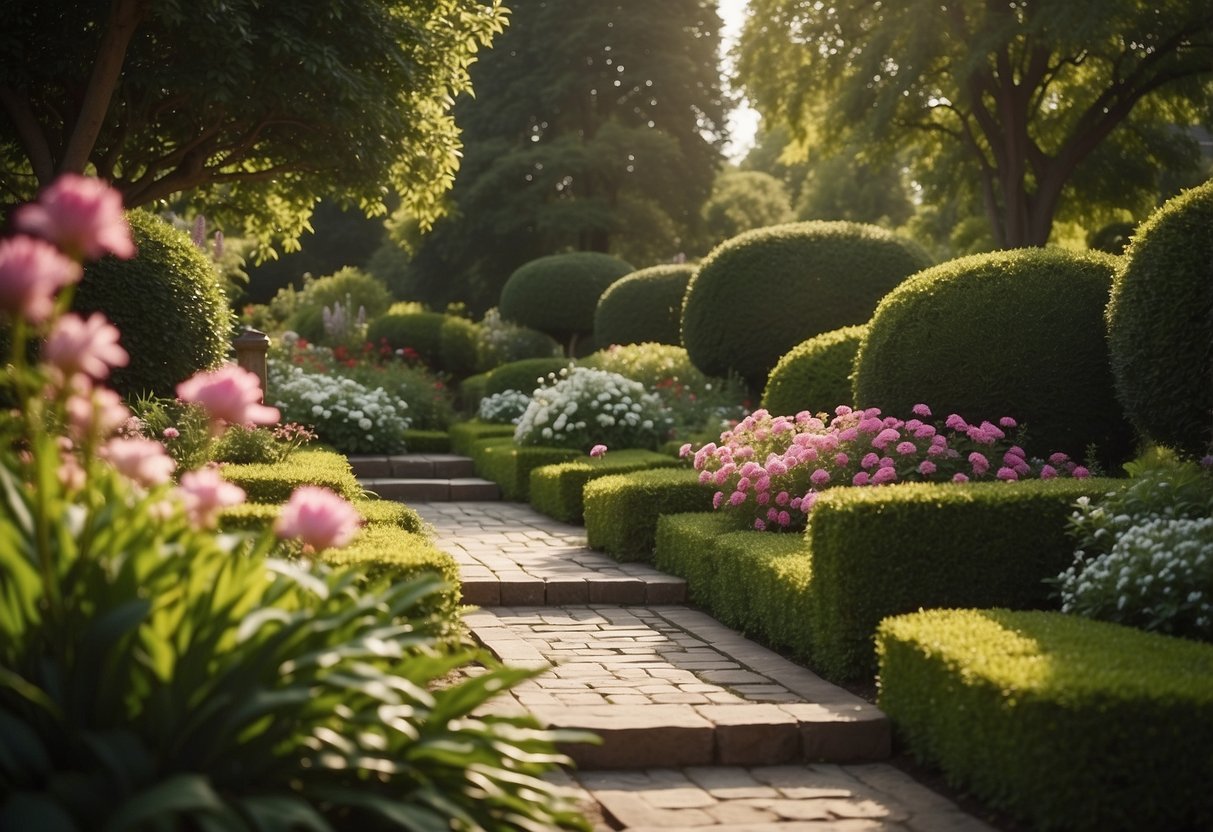
From urban spaces to expansive yards, you have many options for creating a stunning garden. Experiment with a variety of native plants, vegetables, and flowers to see what works best in your specific setting. Embracing local gardening traditions and innovative techniques can help you create a garden that reflects your personal style while thriving in Ontario’s climate.
1) Native Ontario Flowers

Adding native Ontario flowers to your garden is a great way to bring color and support local wildlife.
Consider planting Blue False Indigo. This plant has stunning purple-blue flowers. It even forms little peapods if you don’t remove the spent blossoms.
Hens and Chicks are perfect for rock gardens. They come in green, blue, and purple shades and tolerate drought and some shade.
2) DIY Raised Garden Beds
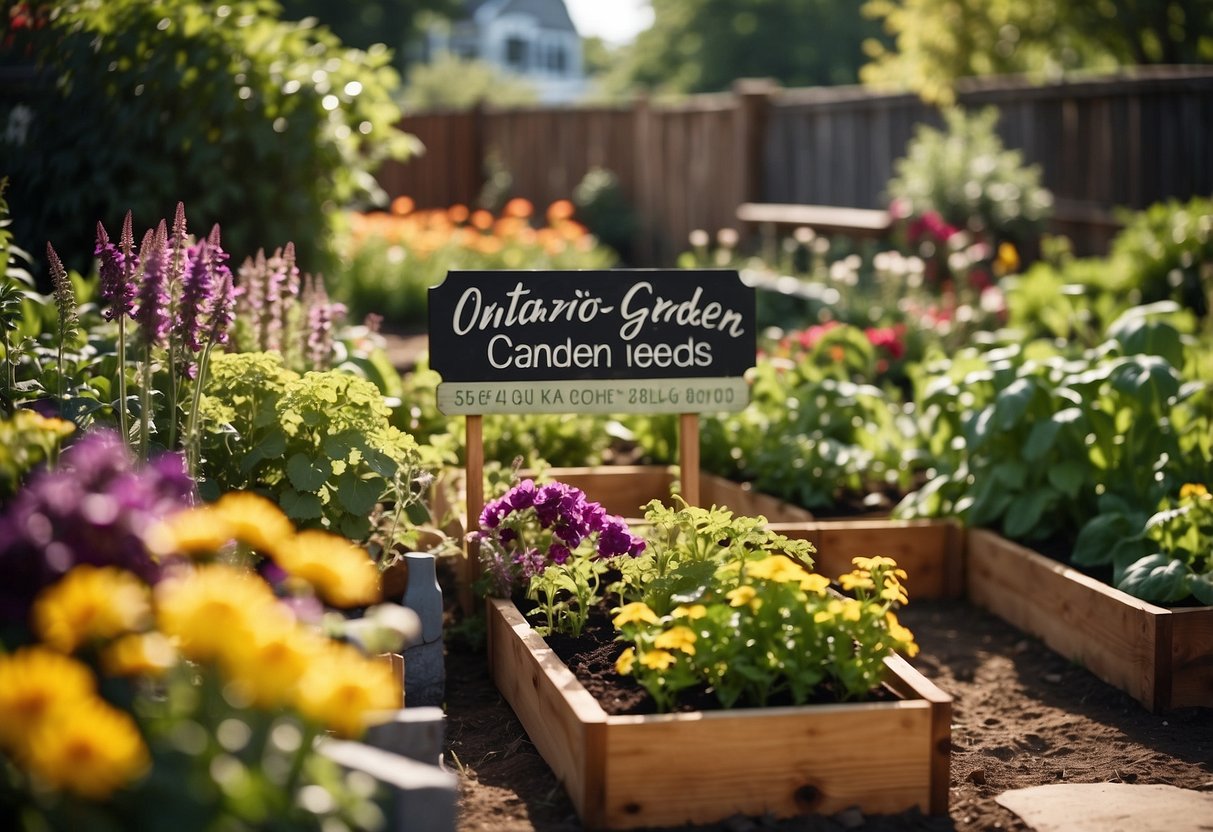
Creating a raised garden bed in your Ontario backyard is fun and rewarding. You can use simple materials like untreated wood and corner braces to build a sturdy frame.
Try using cedar for a long-lasting option. This wood is easy to work with, even if you have basic carpentry skills.
A 2×2 raised planter is perfect for herbs and flowers and fits into small spaces. It can be built with just a few tools like a drill and saw.
You can also add decorative touches like orange-hued pebbles around the base for a unique look.
For more detailed ideas, check out these inexpensive DIY raised garden bed ideas.
3) Vertical Herb Gardens

Vertical herb gardens are a fantastic way to maximize space and grow fresh herbs.
You can use mason jars mounted on wood for a chic look in your kitchen.
A leaning herb garden ladder can spice up your outdoor space.
Hanging shelves with terra-cotta pots also create a unique display for your herbs.
These ideas not only save space but also add a touch of greenery to any area.
4) Pollinator-Friendly Plants

Include native plants in your garden to attract more pollinators. Examples are milkweed, coneflower, and black-eyed Susan.
Herbs like lavender and sage also attract bees. They add beauty to your garden and provide nectar.
Consider using natural fertilizers like compost to keep your plants healthy and pollinators safe. Avoid chemicals to protect these helpful insects.
5) Water Features Ideas
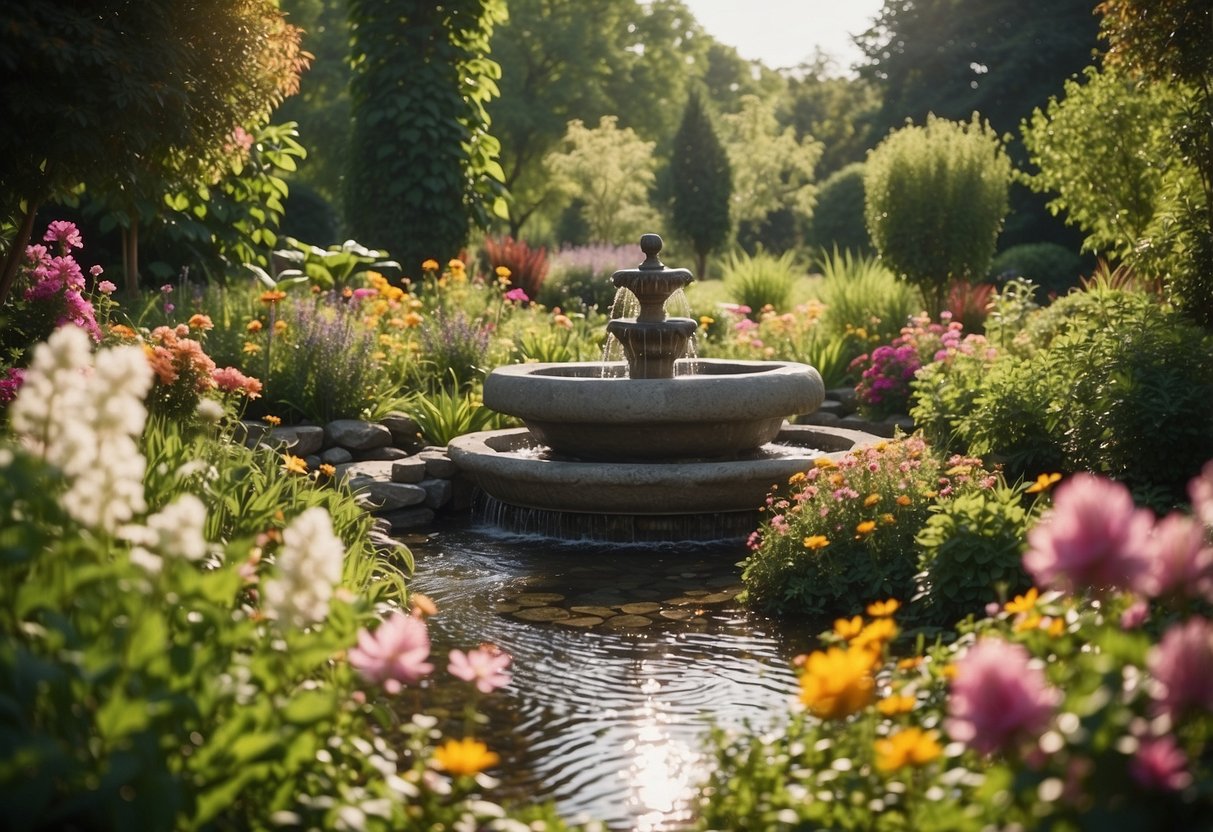
Adding water features to your garden can make it a serene and beautiful place to relax. One popular option is a garden pond, which can attract birds and other wildlife to your yard. It’s a great way to enjoy nature right at home.
For a smaller addition, consider installing a birdbath. Not only do birds love it, but it also adds charm to your garden.
If you want something a bit more dramatic, a fountain might be the perfect choice. It adds visual interest and the soothing sound of flowing water.
Looking for simplicity? A rainwater chain can be an elegant yet functional feature. It helps direct rainwater while adding a nice visual touch.
A narrow garden pool can also offer a modern twist and a sleek look. It pairs well with monochromatic plantings, creating a calm and stylish environment.
Consider these options to add a touch of tranquility and beauty to your Ontario garden. For more ideas, check out these water garden concepts.
6) Shade-Tolerant Plants

In Ontario, shade-tolerant plants are a great way to add life to darker garden areas. One option is Black Cohosh, which features tall, fragrant white flowers that attract bumblebees.
Lily of the Valley is another choice. This perennial has delicate, bell-shaped flowers and thrives in partial to full shade.
Consider the Green Velvet Boxwood. It adapts well to shade and adds a lush, green backdrop to your garden.
7) Container Vegetable Gardening
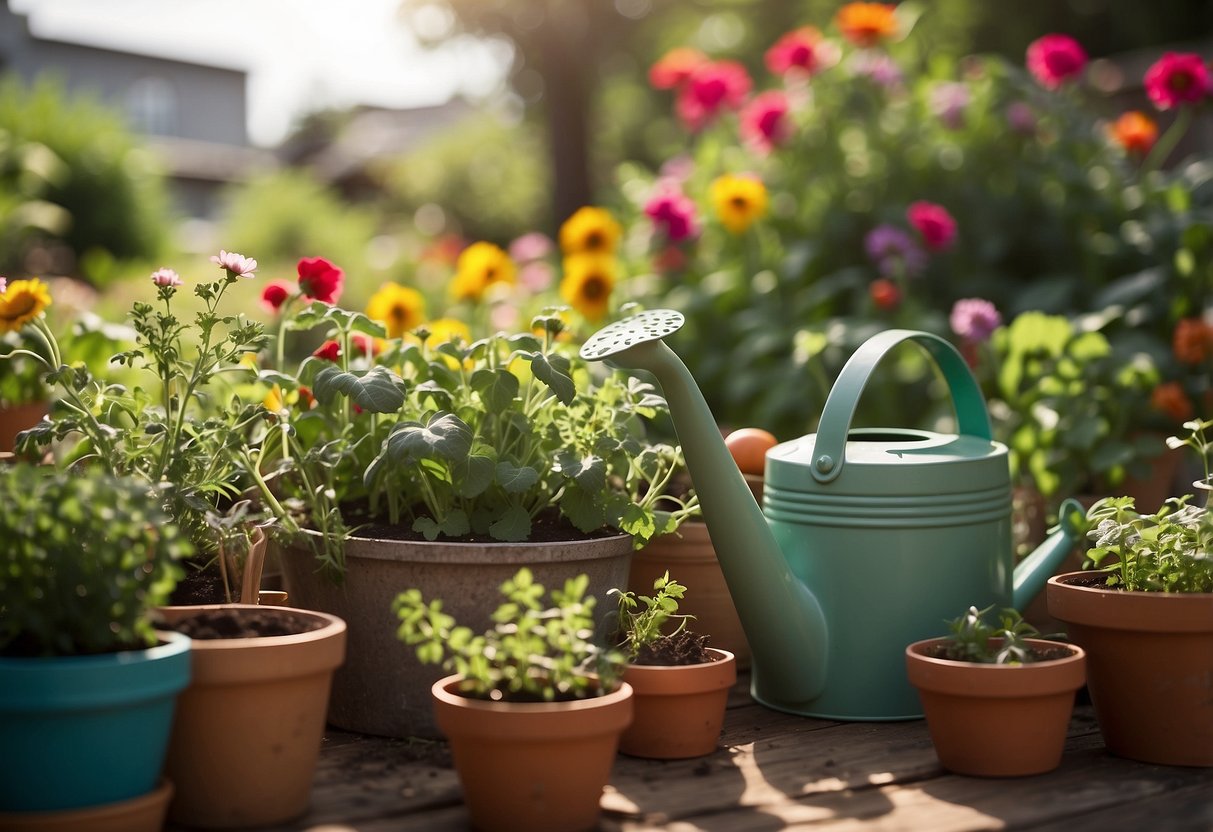
Container vegetable gardening is a great way to grow your own food even if you have limited space. You can use pots, window boxes, or hanging baskets to grow a variety of vegetables.
Tomatoes and peppers are popular choices because they thrive in containers. Make sure to use a big enough container and good quality organic potting mix with good drainage.
Plants like peas and lettuce grow quickly and do well in pots. If you want to combine multiple herbs in one pot, a larger container, at least 4 inches deep, works best.
For more tips, visit this gardening guide.
8) Low-Maintenance Perennials
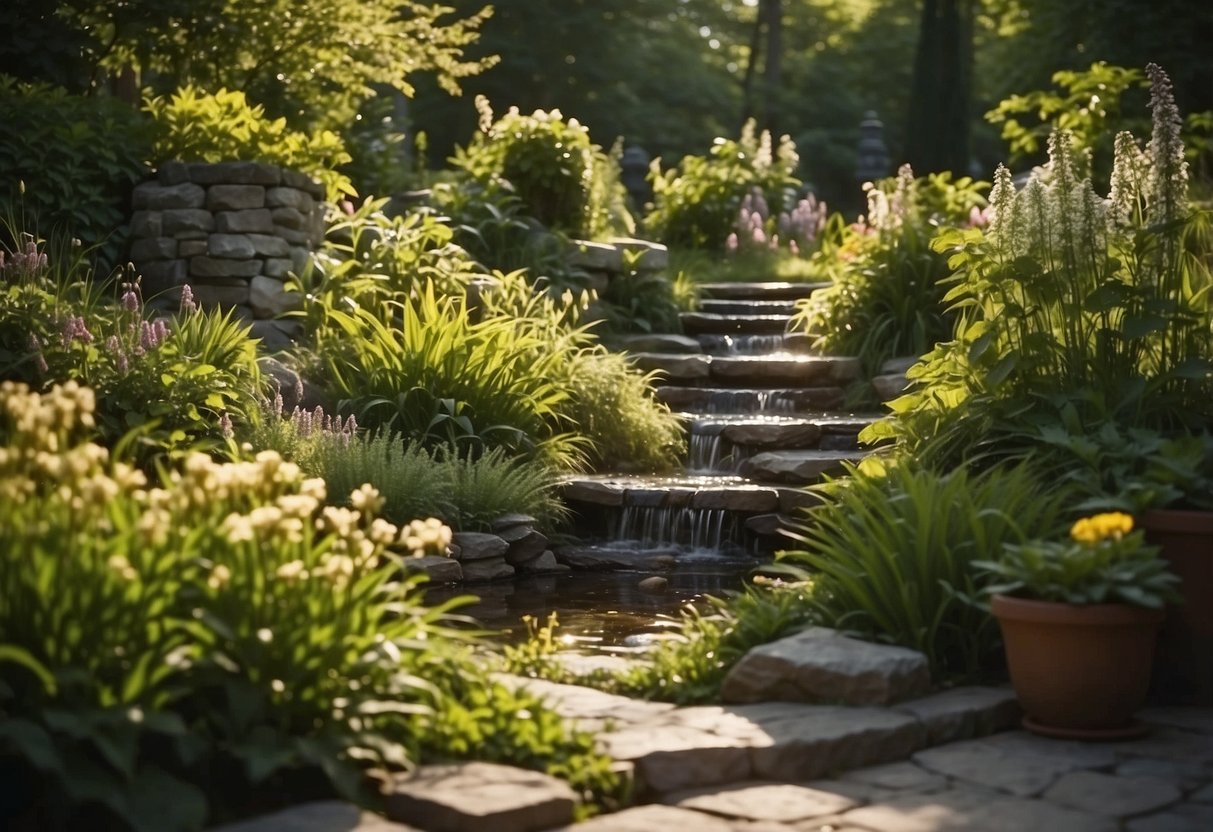
If you want your Ontario garden to thrive with little effort, consider planting some low-maintenance perennials. These plants come back every year and don’t need much care.
Black-eyed Susans are a great option. They offer bright yellow flowers and can bloom from summer to fall.
Try False Indigo for a touch of elegance. This plant can fill large spaces with its colorful blooms.
Consider Red Twig Dogwood. It’s hardy and provides interest year-round.
9) Creative Garden Pathways

Garden pathways can add charm and function to your outdoor space. In Ontario, natural stone pathways, particularly flagstone, are popular for their durability and earthy tones.
You could consider a quaint flagstone pathway that blends seamlessly with your garden beds and landscaping rocks. For a more unique look, try setting your garden path at an angle with varying levels, using materials like timber and Corten steel walkways.
Mix materials and designs to create a stunning, inviting pathway.
10) Winter Garden Prep Tips
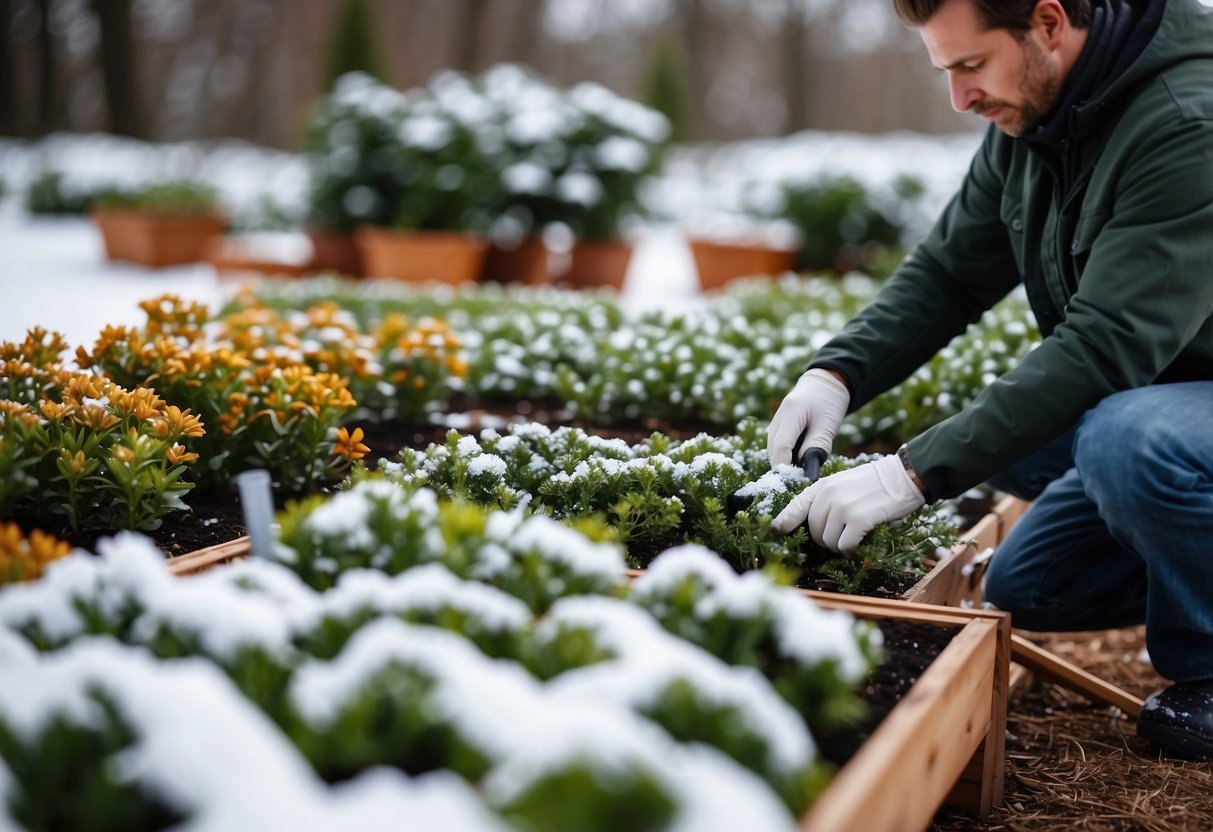
Start by removing all dead plants and debris. This helps prevent pests and diseases.
Clean your gardening tools and store them in a dry place. This keeps them rust-free and ready for spring.
Mulch your garden beds with organic materials. It helps insulate plant roots and retain soil moisture.
Move potted plants indoors or to a sheltered spot. This protects them from the harsh winter weather.
Planning Your Ontario Garden
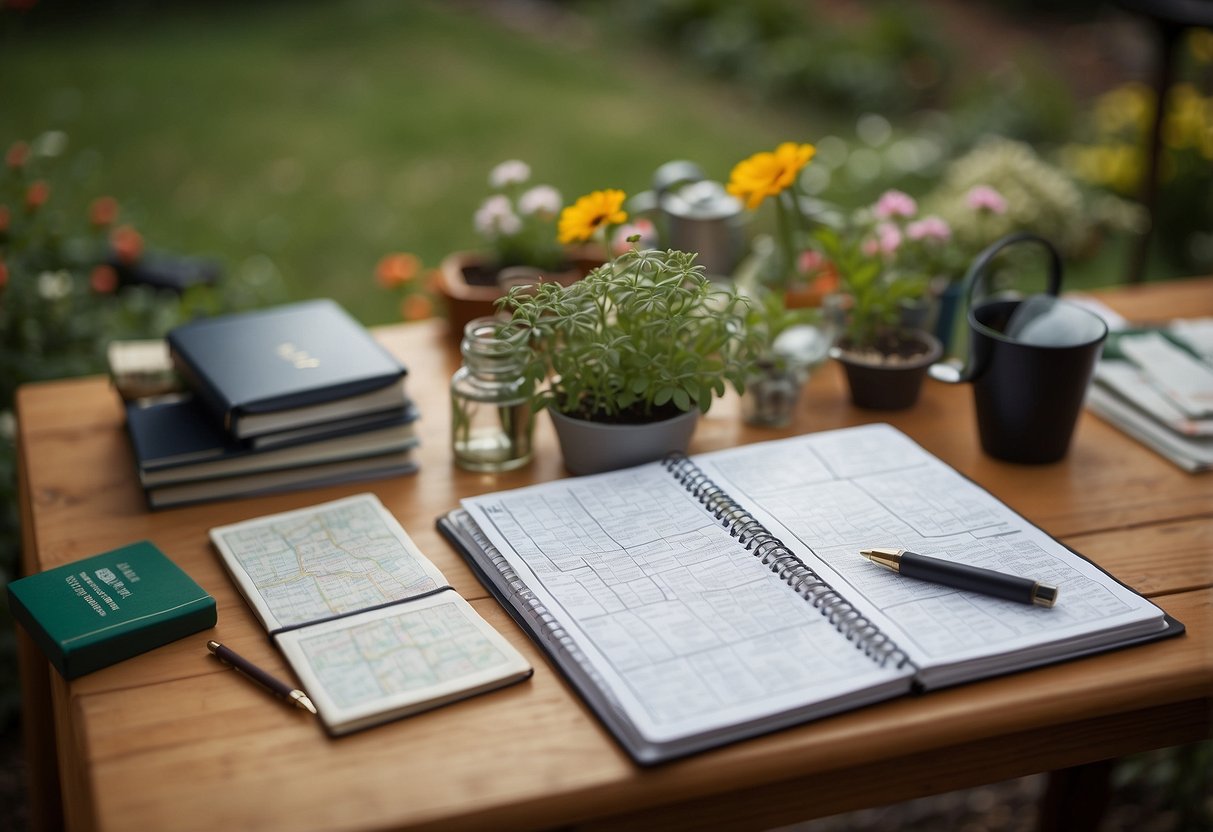
Planning your Ontario garden requires understanding the climate zones, picking the right plants, and creating an effective layout. Each step ensures your garden thrives in Ontario’s unique environment.
Understanding Ontario’s Climate Zones
Ontario has various climate zones, ranging from Zone 0 in the far north to Zone 7 in the southern regions around Lake Erie. Knowing your specific zone helps you choose plants that will survive and flourish. For example, Toronto falls into Zone 6, while Ottawa is Zone 5.
Plants have different temperature tolerances. Check plant hardiness zones when shopping for seeds or plants. Using local gardening guides or consulting with local nurseries can also be helpful. This ensures you select plants that can handle the winter cold and summer heat.
Choosing the Right Plants
Picking the right plants for your Ontario garden is crucial. Native plants tend to thrive because they are adapted to the local climate and conditions. Good options include Black-eyed Susans, Ontario Holly, and Eastern Redbud. These plants are resilient to local pests and diseases.
For annuals, consider Petunias and Marigolds, which add color and bloom all summer. For vegetables, tomatoes and bell peppers can do well if started indoors. Always check the specific needs of each plant for sunlight, water, and soil type compatibility.
Creating a Garden Layout
Start by designing your garden layout on paper. Consider the space, sunlight, and water needs of each plant. Group plants with similar requirements together. For instance, sun-loving plants should be in the sunniest spots, while shade-loving plants need less direct sunlight.
Use raised beds or containers if you have poor soil. This helps control soil quality and makes gardening easier. Plan pathways between plant beds for easy access. Also, consider planting taller plants at the back and shorter ones in the front to maximize sunlight for all.
Level the soil and add compost or minerals as needed. Remove any debris or rocks that could hinder plant growth. Preparing the soil properly is key to a flourishing garden.
For detailed tips on each step, you can check out the spring gardening checklist and other helpful guides.
Soil and Fertilizer Tips

Healthy soil and the right fertilizers can make a big difference in your Ontario garden. Ensuring your soil is suitable and using organic fertilizers will help your plants thrive.
Testing and Amending Soil
Before planting, you should test your soil to know its pH and nutrient levels. You can use a home testing kit or send a sample to a local agricultural extension service. Knowing your soil’s condition helps in deciding what amendments it needs.
If your soil is too acidic, adding lime can help balance it. For sandy soil, mix in peat moss to retain moisture. Compost is great for all soil types, adding organic matter and nutrients. Always remove rocks, grass, and debris before amending the soil. This lets your plants’ roots grow freely.
Organic Fertilizer Options
Using organic fertilizers in your garden is beneficial for both your plants and the environment. Compost is an amazing option, full of nutrients and easy to make at home. You can use compost from yard waste, kitchen scraps, and even fallen leaves.
Other organic fertilizers include manure, bone meal, and fish emulsion. Manure adds rich nutrients, while bone meal is a good source of phosphorus. Fish emulsion is great for nitrogen. When applying, always follow the recommended amounts to avoid over-fertilizing. This keeps your plants healthy and strong without harming the soil.
Keep an eye on your garden’s progress and adjust as needed. Your plants will show you what they need through their growth and color. Happy gardening!







